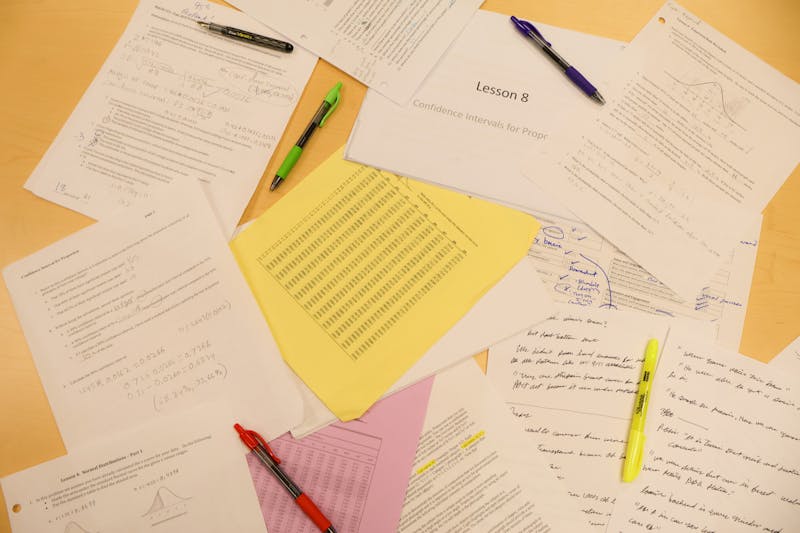During my year of community college, I was lucky enough to be offered the opportunity to take an American Sign Language (ASL) course. I had taken ASL classes in high school before, though my class was taught by a hearing teacher, so it was not as immersive. However, during my year of ASL taught by a deaf professor, I consider it to be the class that has educated me most. I was able to learn about the history of an entire culture and gain perspective for their way of life. While my ASL course was certainly the most enriching one I have taken, I continue to wonder how different would the world be if they knew what I had learned?
The most important piece of knowledge that has stuck with me is this — deaf people do not need your sympathy. The deaf community is an immersive community in which members can befriend those with shared experiences. They have their own humor, traditions and stories. While they are without their sense of hearing, they celebrate what makes them different. They could, however, use a breath of fresh air for the way the hearing world treats them as outsiders. This is mostly due to the lack of deaf education in schools.
While it is important to learn about the experiences of those who are different from us, I have experienced many instances in which the use of ASL could be extremely helpful. For example, one weekend I was with a friend of mine at a function that was playing some (very) loud music. Any attempt to speak to one another would have resulted in some strained vocal cords.
The friend I was with knew some basic ASL. At one point in the night when we were separated from one another, I caught her eye and she signed to me from across the room, “You OK?” I nodded and signed back “Yes, I’m fine. You?” She nodded. We then discussed our plans for the rest of the night without having to make our way over to one another. I was able to use signing to ensure my friend was safe from across the room using just as much effort as speaking.
There are many other instances in which using sign becomes convenient, such as discussing something important in a movie theater or talking while eating. Another friend recently lost her voice and could only communicate through texting, nodding or shaking her head, to which I joked to myself, “hm-m-m, if only there were a faster way for her to communicate with me without using her voice.”
There are also many thrilling tidbits of knowledge within deaf culture. Did you know that the American football huddle was created by deaf players? The circular huddle began at Gallaudet University in 1894 when the team realized while communicating with each other, the opposing team may be able to see their signs. Thus, the huddle was invented so they could sign to one another in secret.
Another reason why people should learn ASL is because signing is so inherently beautiful. There are signs I have learned that make me smile simply because they look exactly how the word sounds. For example, the phrase “I’m confused” is shown by touching your fingertip to your temple and then moving your hands in front of you in opposite directions, signaling that your brain is hazy. As someone who is often fearful of choosing the wrong words, I feel I can articulate what I am trying to say more easily through ASL.
I can confidently infer that babies feel the same way. Studies have shown that learning signs and gestures can have many benefits for young children. A study conducted by Michigan State University concluded that most babies have the physical dexterity and cognitive ability to learn some form of sign language at about eight months. This allows young children to express needs and thoughts and reduces frustration due to communication barriers.
Overall, normalizing the use of American Sign Language not only is a convenient way for people to communicate with one another, but is also a great opportunity for society to gain a deeper understanding of one another by making each other feel included. In normalizing the use of ASL, we can break down the invisible barrier between the deaf and hearing worlds.


The Slate welcomes thoughtful discussion on all of our stories, but please keep comments civil and on-topic. Read our full guidelines here.